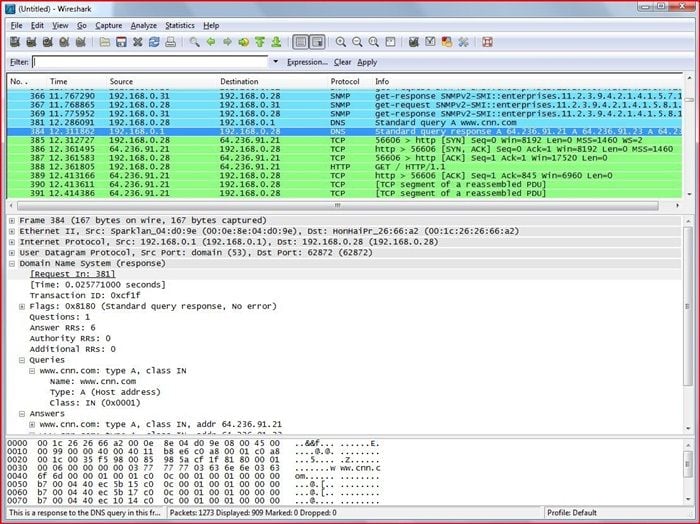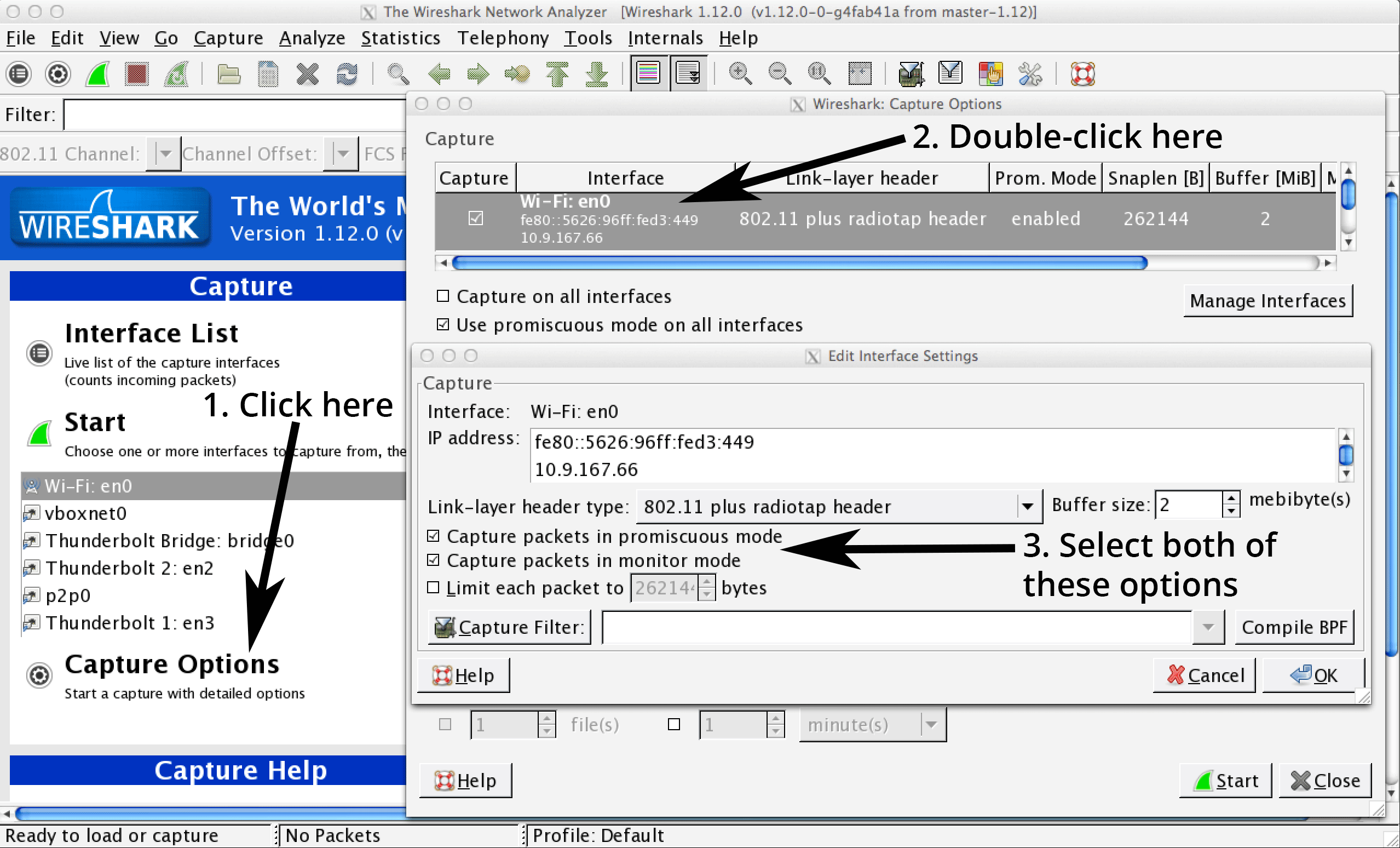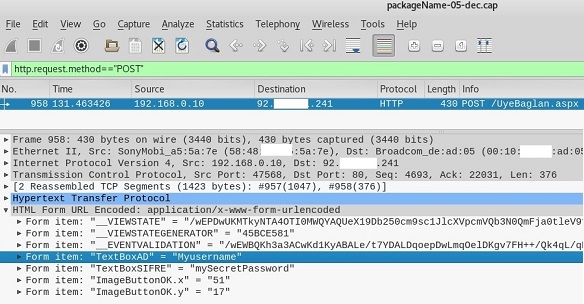

Yes! There is nothing better than one to really understand. After the filter was applied, all packets related to that transaction were filtered and it was possible to the application response times. At the time it was the number identifying the customer. Alternatively, you can use tshark to post-filter a capture file using -r ORIGINALFILE -w NEWFILE -Y 'display filters'. This would capture any packets being sent to 10.0.0.1 through 10.0.7.254.

The “contains” operator can be used to find text strings or hexadecimal characters directly with the name of the protocol instead of specific filters like http.host or. In the middle of so many transactions and a working store, how to find the TCP conection that has the transaction to troubleshoot? The solution The application was developed in-house, didn’t use any of the known application protocols like HTTP or FTP and wasn’t encrypted. Recently, I had to look at a problem of a sales application where users reported that “the network was slow”. While most people think of it at the end of the fight, with me it’s always on top of the list.

Wireshark is my tool of choice for troubleshooting. Wireshark: Rolling Packet Captures Open the Capture Options window: Capture Options Define a Capture Filter Set a file name in the File: field Check.


 0 kommentar(er)
0 kommentar(er)
